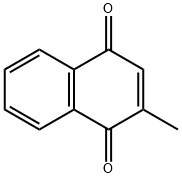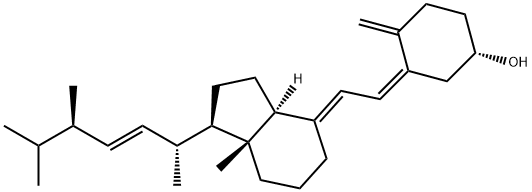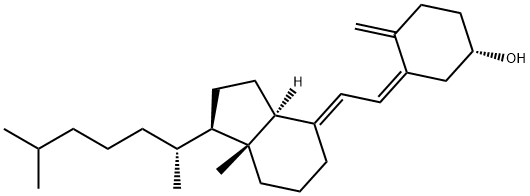PRODUCT Properties
| Melting point: | 231-233 °C(lit.) |
| storage temp. | 2-8°C |
| solubility | H2O: 0.2 mg/mL Solubility increases with addition of 1 N NaOH. |
| form | powder |
| Cosmetics Ingredients Functions | ANTISTATIC SKIN CONDITIONING HAIR CONDITIONING |
| InChI | InChI=1S/C8H12NO5P/c1-5-7(4-14-15(11,12)13)3-9-6(2)8(5)10/h3,10H,4H2,1-2H3,(H2,11,12,13)/p-2 |
| InChIKey | RBCOYOYDYNXAFA-UHFFFAOYSA-L |
| SMILES | C1(C)=NC=C(COP([O-])([O-])=O)C(C)=C1O |
| CAS DataBase Reference | 8059-24-3(CAS DataBase Reference) |
Description and Uses
Vitamin B6 (vitB6), or pyridoxine, is an important compound for general cellular metabolism. Since its discovery in 1934 by Gy?rgy and colleagues, it has been implicated as a co-factor in more than 140 biochemical reactions in the cell. Although most vitB6 co-catalyzed reactions are related to amino acid biosynthesis and catabolism, vitB6 also contributes to fatty acid biosynthesis, breakdown of certain storage compounds in animals and plants, as well as in the biosynthesis of plant hormones, neurotransmitters, and organelle-specific compounds such as chlorophyll. In addition, vitamin B6 can quench reactive oxygen species (ROS). Because of its role in ROS scavenging and chlorophyll synthesis, vitamin B6 benefits photosynthesis and is discussed as a possible factor in alleviating abiotic and biotic stress. Vitamin B6 (pyridoxal 5′-phosphate) participates in the process of synthesizing dopamine, epinephrine, norepinephrine, serotonin and GABA. It has also been found to be an antioxidant.




